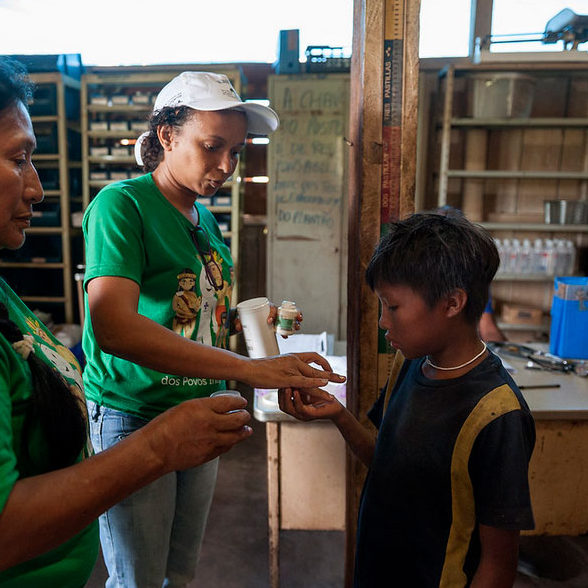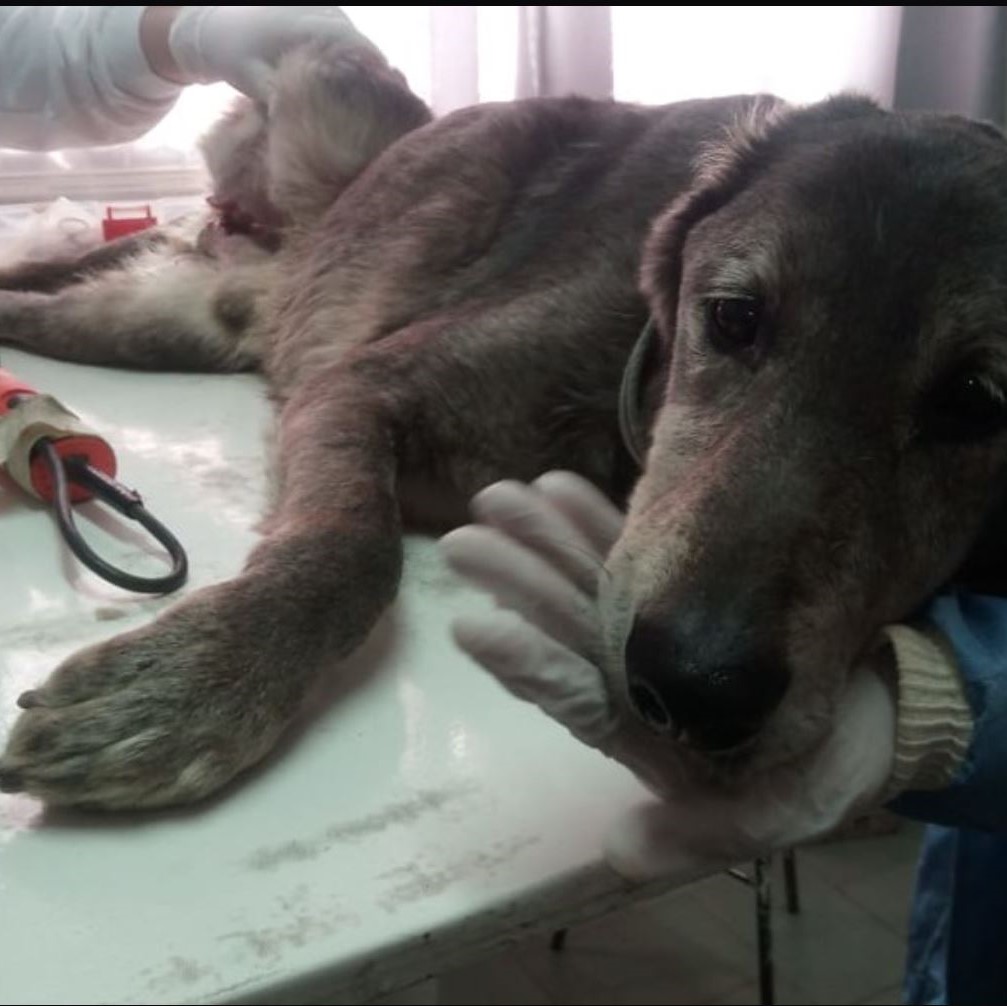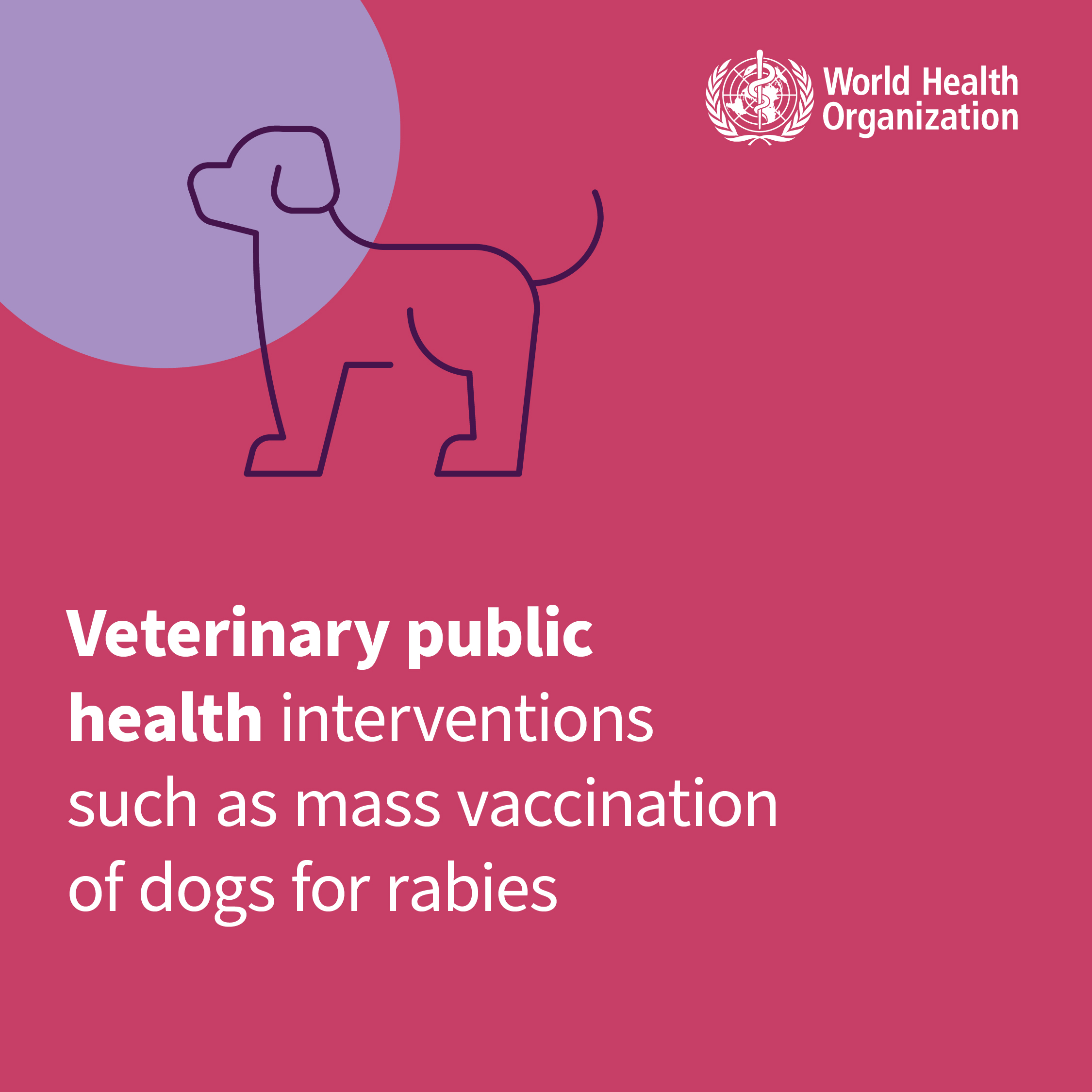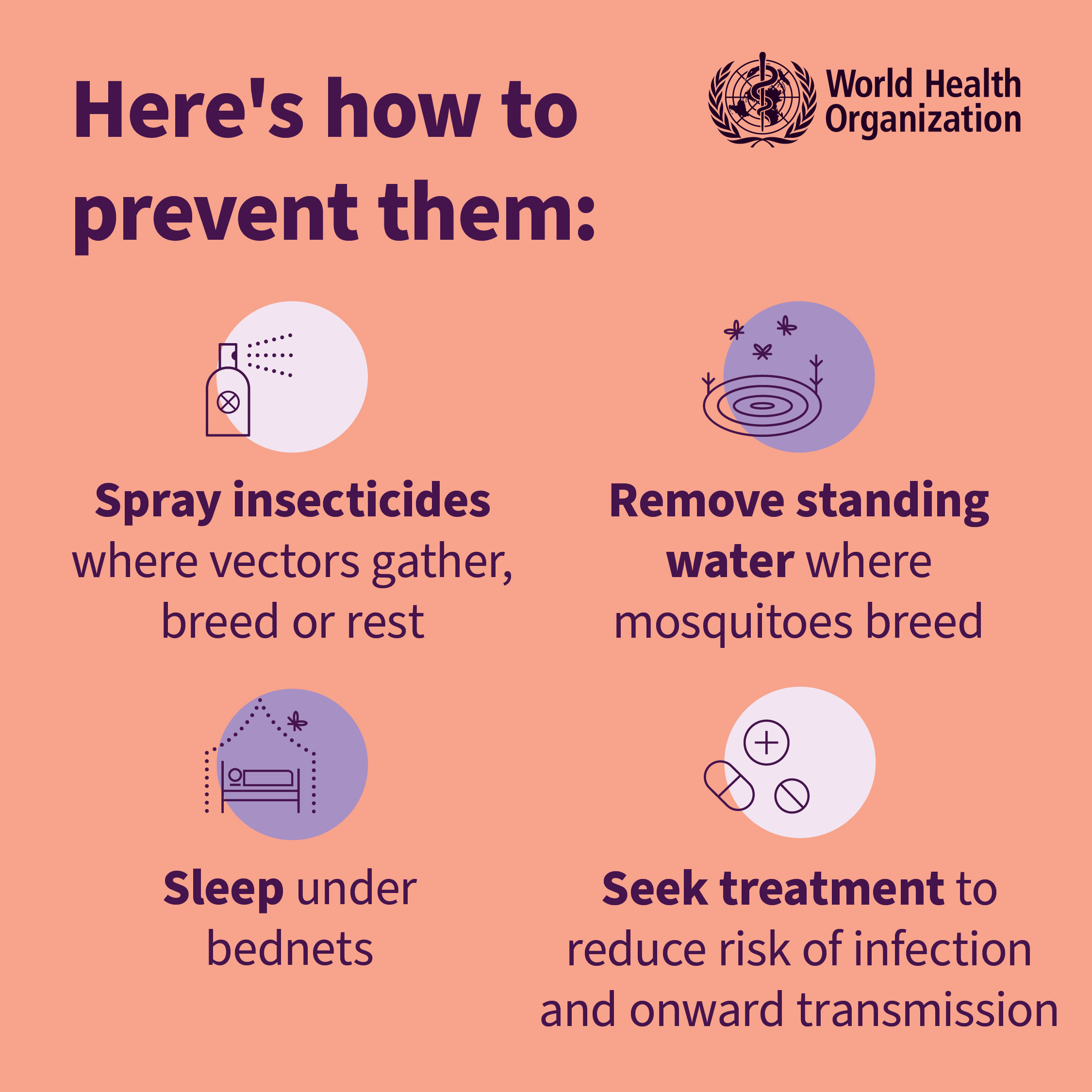Neglected ('forgotten') diseases are a set of infectious diseases, many of them parasitic, that primarily affect the most vulnerable populations. These populations include the poorest of the poor, the most marginalized, and those with the least access to health services, especially impoverished people living in remote rural areas and urban shantytowns. Dealing with these poverty-related diseases requires a more integrated and multi-disease approach that includes multisectoral action, piggy-backed initiatives, and cost-effective interventions to reduce the negative impacts that these diseases have on the health, social, and economic well-being of all people in the Americas.

Neglected tropical diseases
By 2030, stop the epidemic of AIDS, tuberculosis, malaria and neglected tropical diseases and combat hepatitis, waterborne diseases and other communicable diseases. (SDG3 - Goal 3.3)
NID and indigenous health
Neglected diseases affect populations already paralyzed by poverty and inequality: women, children, indigenous populations, the poor. Neglected diseases are a consequence of poverty and are loaded with stigma; and they can only be addressed with leadership and a concentrated political-economic effort.


Water, sanitation and hygiene
Safe water, sanitation and hygiene (WASH) are essential components of the strategy to combat neglected communicable diseases (NCD) and critical factors in the prevention and provision of care for most NCDs. Many of the pathogens that cause neglected communicable diseases proliferate in areas where water supply and sanitation are inadequate.
Zoonosis
A zoonosis is an infectious disease that has jumped from a non-human animal to humans. Considering that, in the vast majority of cases, intervention or control at the animal source could prevent further public health problems, it is necessary to consider and develop integrated interventions, which take into account the interacting causes responsible for intersectoral health problems.


Vector Control
Strategies related to ecology and vector management, focusing on the development and promotion of guidelines, are based on the principles of integrated vector management. Vector control remains an important component of vector-borne disease prevention and control.
SDG Target 3.3 Reported number of people requiring interventions against NTDs
Publications
- Plan de acción sobre entomología y control de vectores 2018-2023
- Eliminating morbidity caused by neglected tropical diseases by 2030
- Ending the neglect to attain the sustainable development goals: a road map for neglected tropical diseases 2021–2030
- Health Plan for Indigenous Youth in Latin America and The Caribbean
- Accelerating work to overcome the global impact of neglected tropical diseases : a roadmap for implementation
- Plan of Action for the Elimination of Neglected Infectious Diseases and Post-elimination Actions 2016-2022
Acknowledgment
Dr. Ruben Santiago Nicholls PAHO|WHO (WDC)




